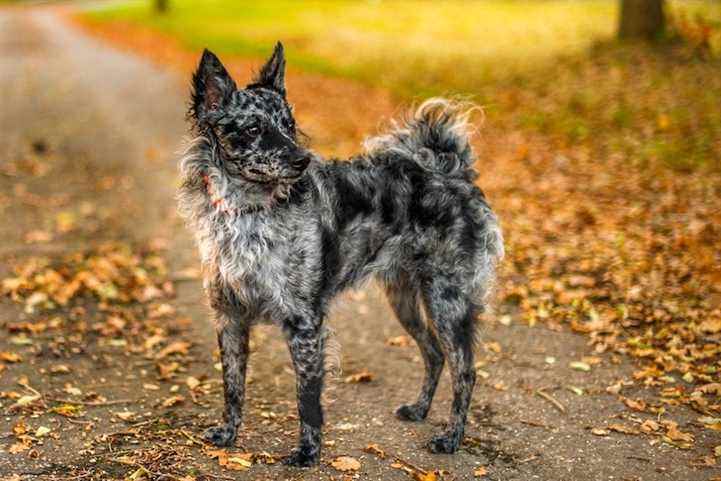(New York) An athletic farm dog from Hungary and a small dog once popular with the Russian aristocracy join the American Kennel Club licensed purebred dogs.
The club announced on Tuesday that it now recognizes the little Russian dog and the mudi. This means that these dogs will now be able to compete for the “Best in Show” distinction at several canine competitions in the United States, including the AKC’s big annual championship and the prestigious Westminster Kennel Club competition.
The mudi (which is pronounced moody) is the heir to multiple generations of Hungarian Shepherd Dogs. A museologist became interested in the breed and gave it a name in the 1930s. The mudi is described as a medium-sized dog with a woolly coat, vigorous, versatile and hardworking. He would be able to herd sheep, hunt wild boars, catch rats and participate in dog skills competitions.
“They’re very perceptive, they have a subtle quality,” and they’re easy to train, but you have to keep them occupied, said Kim Seiter, a canine trainer from New Jersey who has four. “They’re not good for inactive people. “
Dogs – the correct plural form is ‘mudik’ – adorned Hungarian stamps in 2004, as did other breeds in the country.
The little Russian dog is a descendant of English terriers who was highly prized by Russian nobility in the early 1700s. These tiny dogs, weighing no more than 2.7 kilograms, are leggy, curious and playful, but they can be shy around strangers, say breeders.
The AKC is the oldest purebred dog registry in the United States. It now homologates 199 breeds. To be licensed, a breed must have at least 300 animals in 20 states, and breeders must agree on ideal characteristics, from coat length to ear shape.
